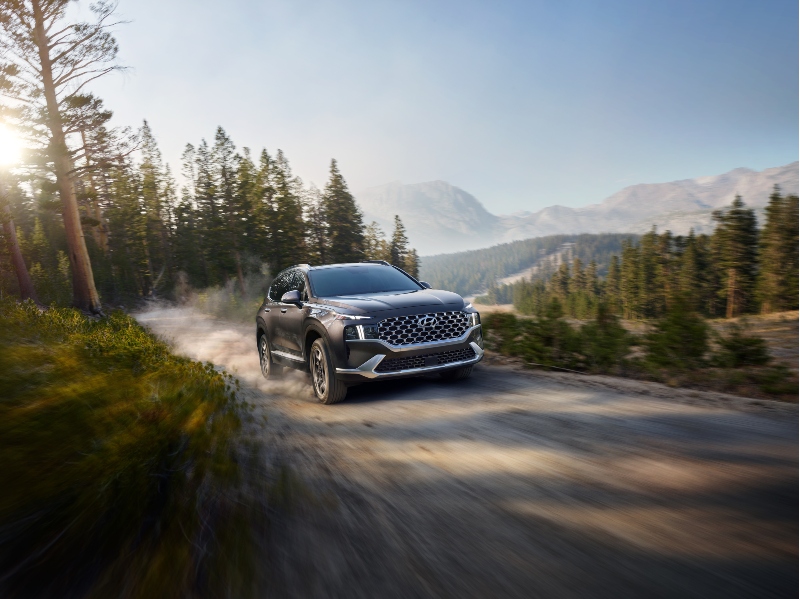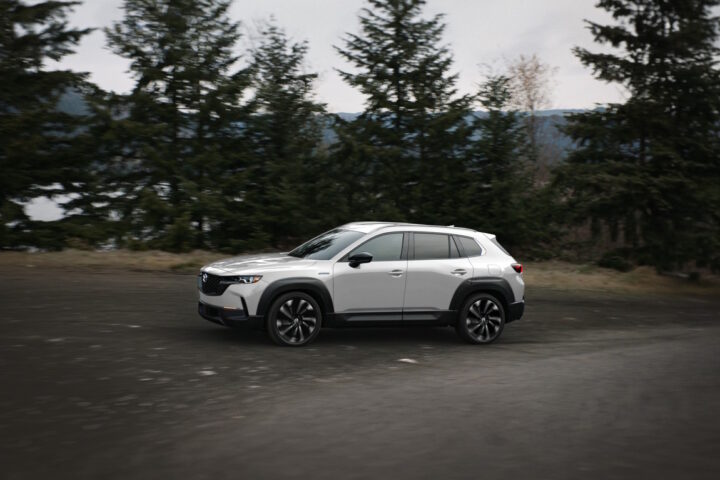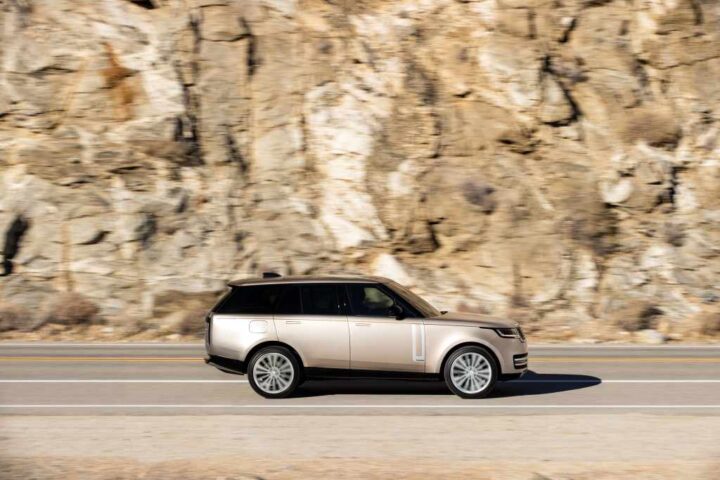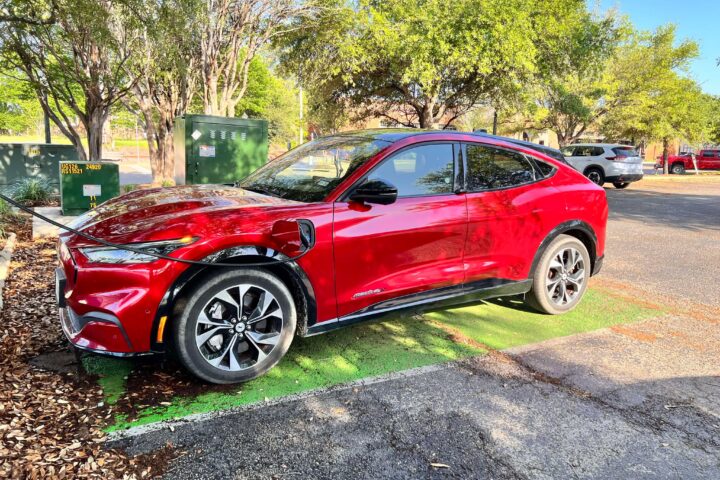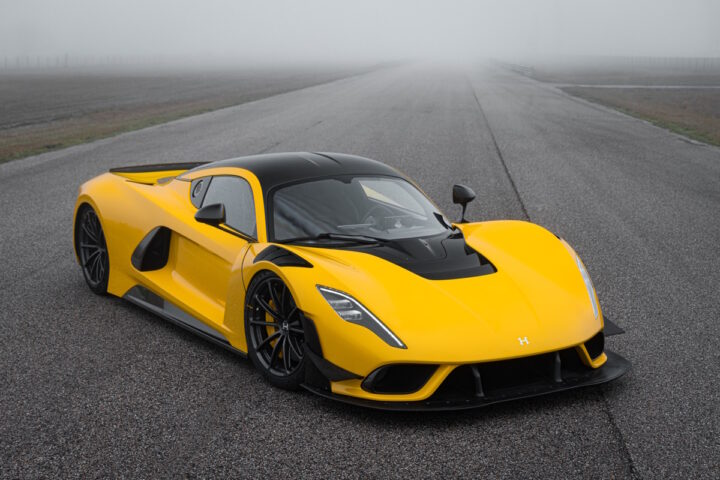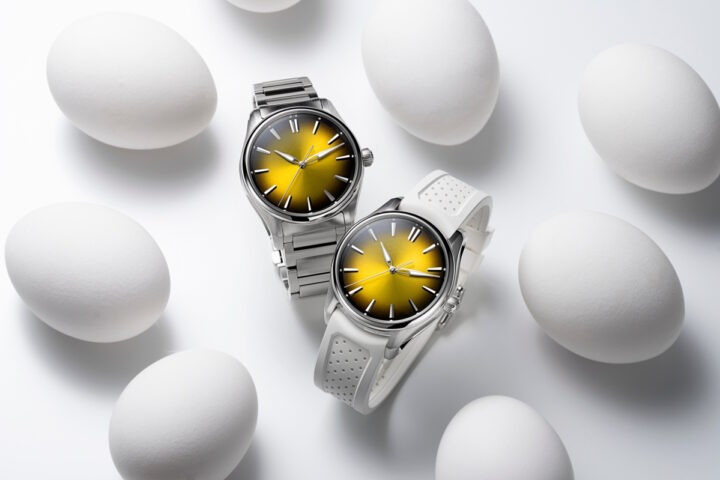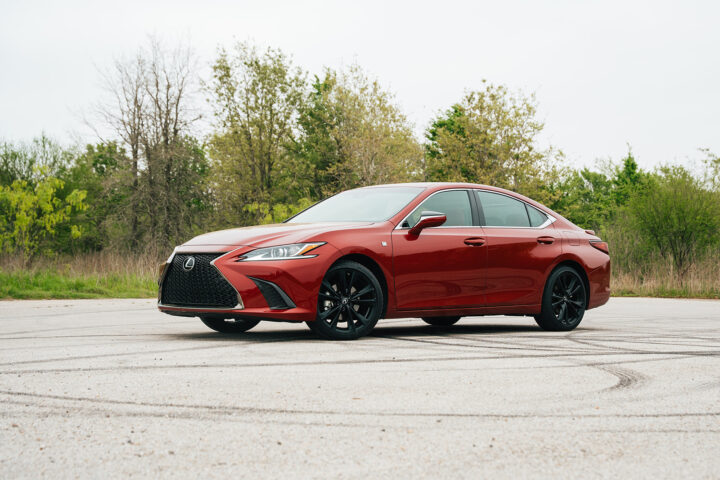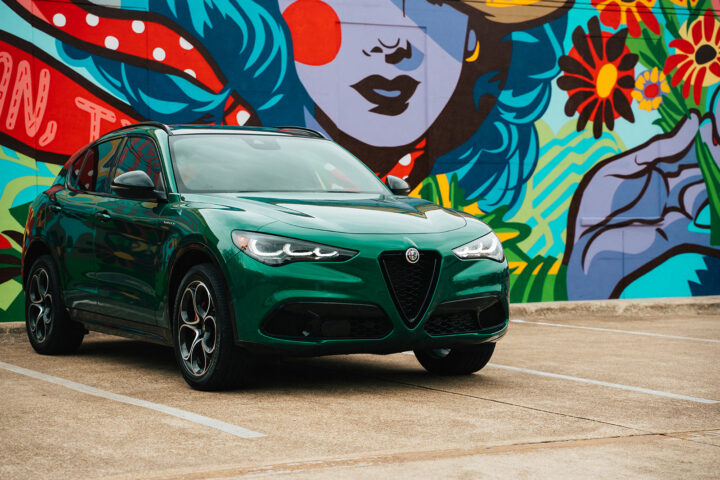Look at the evolution of the SUVs and their MPG. The story about SUV evolution would take more than I’m going to write, but the MPG portion isn’t. After many years, almost all SUVs have a hybrid counterpart or are hybrids. When the Santa Fe was redesigned, something completely predictable happened. They created a Santa Fe Hybrid. Sometimes, the switch from a regular gas engine to a hybrid comes with compromises, especially with acceleration. Let’s see if the Hybrid can stand up as a hybrid and as a Santa Fe.
I really have to give credit to Hyundai for their transformation for the Santa Fe to the hybrid. They went for an “the wheels are basically thing we need for people to know this is a hybrid” approach. Really other than the wheels and a Hybrid logo, it looks like a regular Santa Fe. The front has some slick headlights along with a not-too-big grille and silver accents. When it comes to the wheels, they’re kind of ugly. I know that they’re designed for economy but I’m not a fan. The rear comes off as un-offensive (this is journalist talk for “meh). I like the light bar between the lights.
When you step into the Santa Fe, you may be surprised that it’s a Hyundai. There are a lot of soft materials, and the overall cabin is pretty easy to use. Looking ahead, you have the typical Hyundai steering wheel with controls for safety features and media. There are digital dials but they hybrids switch out the tachometer for a power meter. Hyundai’s large 10.25-inch infotainment system is large and very easy to use since it’s a touchscreen. The one odd was when I was using Apple CarPlay, it didn’t display on the entire screen. Instead, there’s a small section for weather. If you want to, there are redundant buttons for the navigation system and other functions.
The center is basically a slab of buttons. This certainly isn’t a bad thing since I don’t want to go through screens to control fan speed. This top-of-the-line Limited has everything including heated and ventilated front seats, rear heated seats, and an upgraded Harman/Kardon sound system. Oddly, there seemed to be a lack of USB ports with only one in the front. Thankfully, there is wireless charging where the phone slides into the charging port. There is a great amount of build quality and a lovely beige interior with certain portions shaped in diamonds.
Let’s take this hybrid for a spin and see how it drives. Under the hood is a hybrid 1.6-liter turbocharged inline-four producing 226 horsepower and 195 lb-ft. This AWD SUV has a six-speed and gets from 0-60 MPH in 7.5-seconds. While I don’t understand why Hyundai uses a six-speed, I appreciate that they didn’t use a CVT. There are three odd things, and they go back into the interior. First is how you select the gears. Having buttons is perfectly fine, but the design almost looks too big. The second is the giant rotary knob which is for the different driving modes. Finally, paddle shifters. In a hybrid? They were useless.
When not trying to shift the gears, the Santa Fe shifts quite smoothly, even with the transition from EV to hybrid. When you’re just driving around, the Santa Fe drives around like a regular hybrid SUV. It isn’t a sports car, so using sport mode isn’t recommended. I kept it in Normal mode since there wasn’t a reason to use any other mode. Since this is a hybrid, it is good off-the-line up to about 30-40 MPH. After that, it starts to slowly lose puff as you hit higher highway speeds. The Santa Fe is a family vehicle, so hard acceleration and cornering aren’t high priority.
Instead, safety is a high priority. The Santa Fe Hybrid has all of the safety including radar cruise control, blind spot monitoring, 360-degree camera, and more. One of the Santa Fe Hybrid’s party tricks is the now Hyundai-wide Smart Park system, which I did have to use. A minivan decided to park in a way that I couldn’t fully open my door, so I used the system to have the car reverse for me. This should be a feature that all automakers utilize. Also, the Santa Fe Hybrid’s remote start starts the car without needing to press the start/stop button.
It’s a hybrid, so how was those MPGs? Actually, quite well. I averaged 32.5 MPG which was great. What surprised me was the range. It showed over 500 of range and after using half a tank, I had 260 miles remaining. So the Santa Fe Hybrid in Limited trim has a lot of equipment. There are a few things missing that the regular Santa Fe Calligraphy, the top trim, has which makes it feel more upscale. That said, this is a hybrid SUV that’s also a Hyundai. All in, this Santa Fe Hybrid Limited is $41,000. When you look at what this has, it’s what people say about Hyundai’s: “a great value.”
Is it worth $41,000? I would say so. Is it something you should look at? Let’s look at two different ways. If you look from a pure cost perspective, it is close to the top. As a hybrid, it’s good, but not great. Between the two, I would look at a regular Santa Fe. If you think the higher fuel economy is what you need, then you should look at the 2021 Hyundai Santa Fe Hybrid Limited.
The numbers

